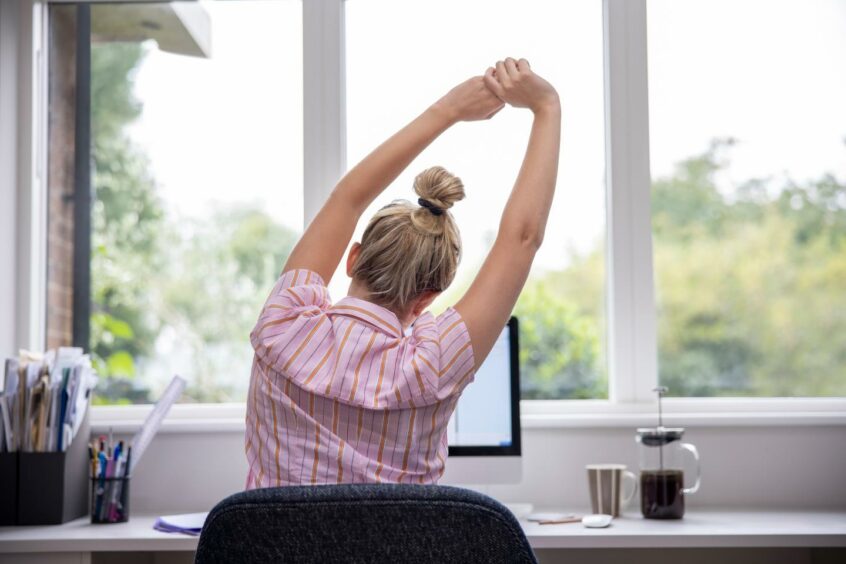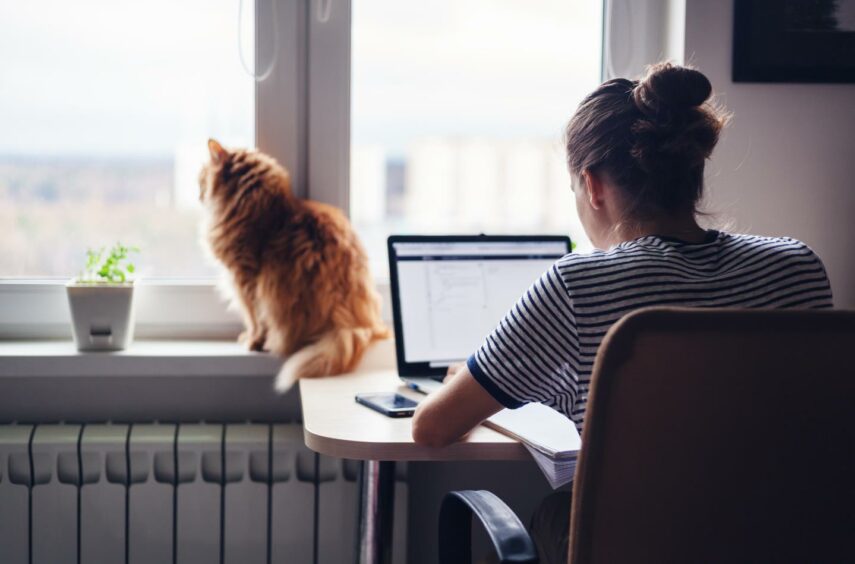Many who have made the transition to the home office over the last 18 months will know working from home certainly has its perks, but it also comes with its difficulties.
One of the biggest problems facing home workers is worsening back pain, as many are now forgoing the daily commute and spending longer in front of screens.
With 80% of people experiencing lower back pain at some point in their lives, our experts at GOPO are bringing you their top tips to avoid pain while working from home.
Start your day with a stretch
Try to incorporate a good daily stretch into your morning routine.
Just a few minutes manipulating your back, knees, hips and elbows will warm them up for the day ahead and help protect against injury.
Are you sitting comfortably?
When spending long periods of the day sitting at a desk, it’s important to check the height of your chair.
Too low and it will put pressure on your knees and hips as you bend to get in and out of it.
However, if it is too high, it will cause your back and neck to ache as you hunch over to write or type.
Ideally, you should be able to sit on your chair with your legs firmly on the ground and elbows rested comfortably on the table at a 90-degree angle.
Make the space work for you
The human head isn’t designed to stare downwards for long hours at a time and these prolonged periods of neck flexion and poor posture can lead to back pain and stiffness.
Ensure your computer screen is at eye level while sitting up with your back straight.
If working from a laptop, you can improvise by propping it up on a stack of books, while investing in a remote keyboard to prevent hunching over.
Supplement your diet
You could also consider taking a joint pain supplement to protect and restore affected joints, such as GOPO, which is proven to effectively reduce joint pain.
Recent research into active, healthy adults also found that 12 weeks of GOPO supplementation led to improved mobility, whilst potentially helping to reduce the degeneration of cartilage.
Get moving…
Remember to take time throughout the work day to move around and keep your joints moving.
Whether it be a short walk during lunch or a lap of the garden while your tea brews – even short periods of activity helps to encourage blood flow, decrease stiff muscles and relieve tired joints, all while keeping you mentally fresh and focused.
Keep calm
Just like the rest of you, your back muscles tense up when you start to feel you are under pressure.
That uncomfortable twinge can lead to us feeling even more fraught – and a vicious cycle forms.
Stress also causes your levels of hormone cortisol to soar, which increases inflammation in the body.
If you’re beginning to feel stressed, consider clearing your mind with a short walk or some fresh air, to relax mind and body.





